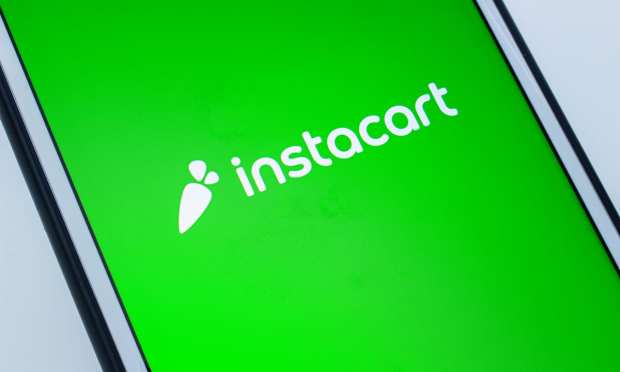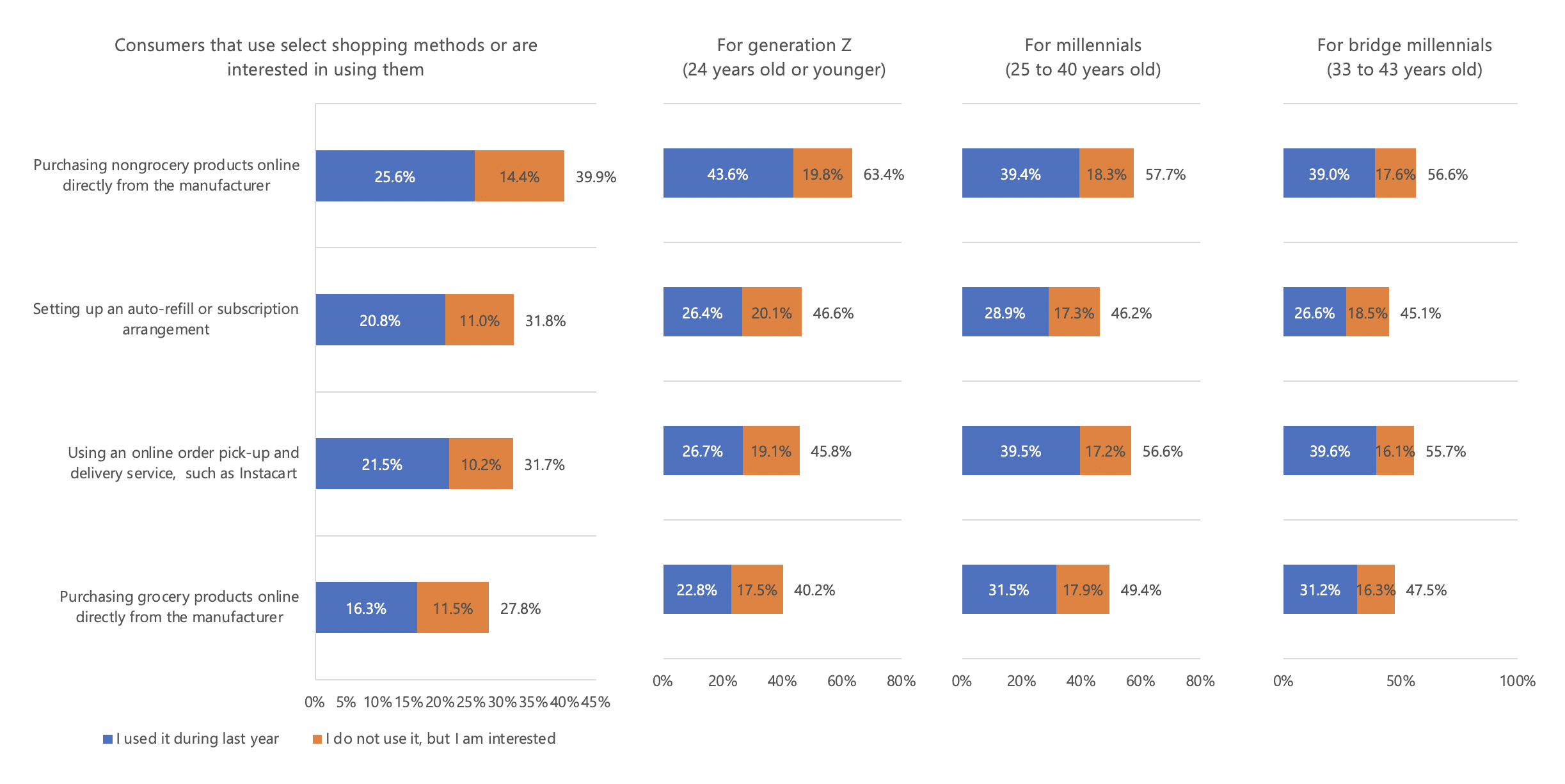With New CEO, Instacart Eyes Customer Growth In Advance Of Public Listing

Instacart is making some major changes as it gears up to go public. On Thursday (July 8), the company announced that it is appointing board member Fidji Simo, who has spent a decade at Facebook, most recently as head of the social media platform’s app, as its new CEO. Current CEO and founder Apoorva Mehta will become executive chairman.
Of Simo’s time at Facebook, Mehta said in a statement that she has been “a part of every big moment in the company’s history,” including its almost 100x growth. Notably, he also pointed out that Simo was “at Facebook during its transition from a private company to the public market,” which means that she “understands what it takes to lead and scale a transformational company like Instacart.”
Instacart has been reported to be gearing up for a public listing since November, with inside sources initially saying that it was preparing for an initial public offering (IPO). However, in March, sources revealed that the company is instead considering a direct listing to maximize its stock prices. When Facebook went public in 2012, reported at the time to be the third largest IPO ever, Simo was in product marketing.
Simo has led the Facebook app since 2019, and data show that the app has gained tens or even hundreds of millions of active users each year that she has been in charge. In a LinkedIn post, Simo said she is “excited by the idea of helping generations of grocers compete in a world that requires deep technological expertise as they bring their businesses online.”
While Instacart may be the clear number one when it comes to third-party delivery from brick-and-mortar grocery stores, consumers have a range of online grocery options, including delivery-only online sellers and major companies that deliver typically in-house, such as Amazon Fresh and Walmart’s various delivery options. Given the crowded field and Simo’s track record of growing users, highlighted by Mehta, driving adoption may remain a top priority for Instacart in months and years ahead.
PYMNTS data show that companies such as Instacart have some way to go when it comes to growing their customer base across demographics. However, consumers of select age groups — namely, millennials and bridge millennials — are already onboard. 4 in 10 of these consumers are already using grocery pick-up and delivery services like Instacart, and that number shoots up to almost 6 in 10 when you include those who are interested in giving it a try.
However, bridge millennials are also the consumers spending the most on online restaurant orders. Given the push and pull between restaurant and grocery spending, Instacart will need to prove itself to be even more quick and convenient than meal delivery to pull ahead. It is already on its way — in late May, the company announced 30-minute grocery deliveries.

Of course, speed is not the only factor affecting consumers’ decision to order from one or the other. In general, when a customer places an order from a well-known restaurant, they can trust the food will be high quality. Consumers may place the same trust in grocery when it comes to packaged goods, but for high-consideration items such as produce and meat, shopping from Instacart means trusting a stranger to make the best choice.
Research from the PYMNTS 2020 Omnichannel Grocery Report, created in collaboration with ACI Worldwide, found that 83 percent of consumers continue to opt for in-store shopping when it comes to fruits and vegetables, and 81 percent when it comes to fresh meats. It remains to be seen whether, as Instacart grows in the U.S. and around the world, Simo will embrace this omnichannel journey and emphasize the high-trust products that Instacart carries, or whether she will invest in building trust for online produce and meat orders in a move to gain share not just from other eGrocers but also from brick-and-mortar grocery.
